SUMMARY
This is AI generated summarization, which may have errors. For context, always refer to the full article.
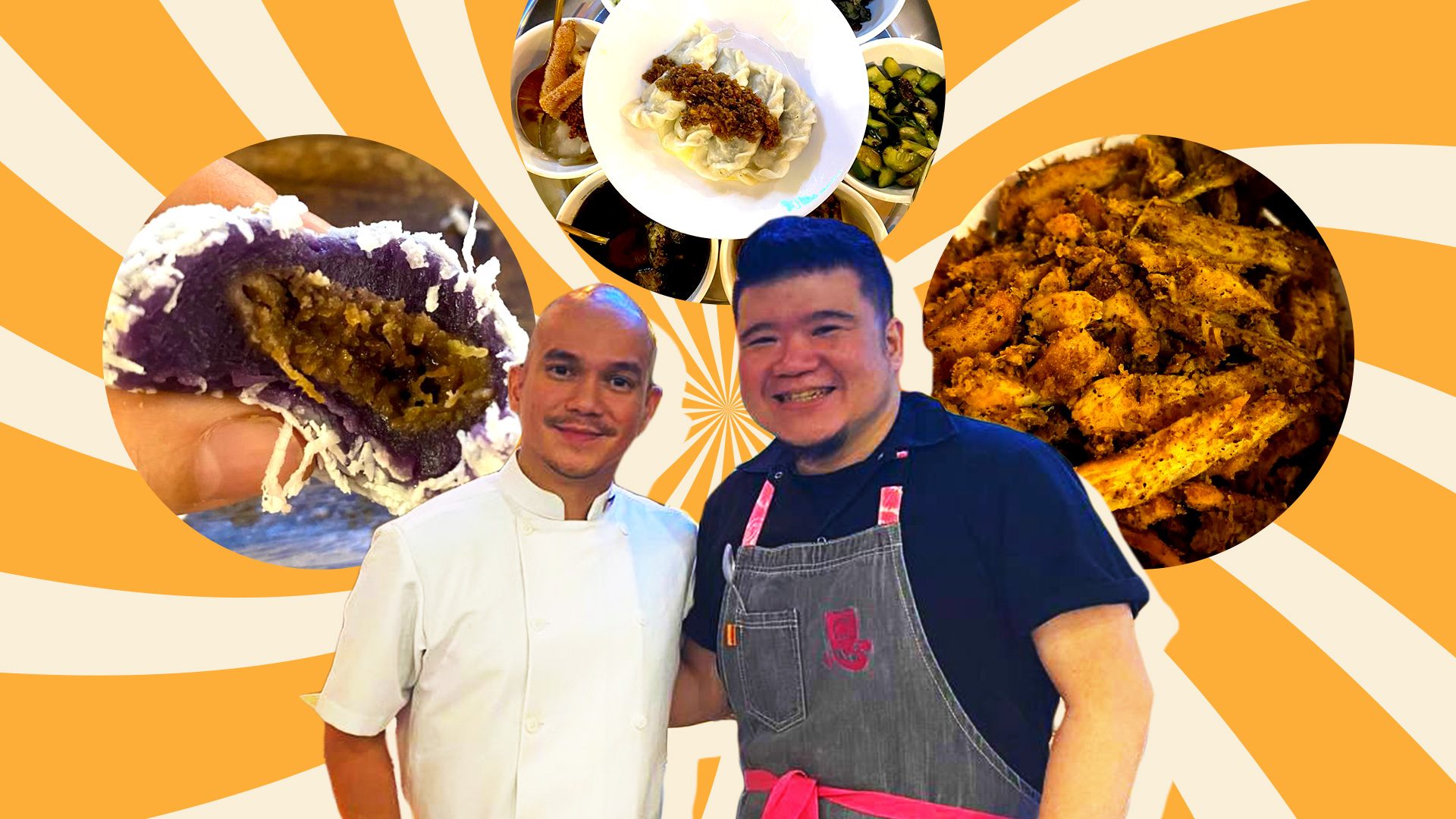
MANILA, Philippines – The idea of melding Tsinoy dishes and Tausug cuisine for one meal would never have crossed my mind, until two local chefs decided to pursue this unique, multi-cultural collab in support of indigeneous communities around the Philippines.
Filipino-Chinese chef, cookbook author, and TV host Sharwin Tee and Mindanaon chef Miguel Moreno held a four-hands charity dinner called “Hibla” last April 20, with its proceeds going to the tuition of four Aeta students from Aeta Ako, Filipino Ako Inc., who are all taking up Education.

“The more Chef Miguel and I talked about our culture and cuisine, it became obvious that there was so much shared history between our cultures, and so the idea of a “common thread or fiber,” entered our minds. Hence the name Hibla,” Sharwin told Rappler.

The intimate, reservations-only dinner was held in Palm Grill, located at Gateway 2’s Palenque food court. Palm Grill is the only authentic Southern Mindanaon restaurant in Luzon, headed by Chef Miguel, a purveyor of the regional cuisine. The restaurant’s design is colorful and tropical, representing the islands of Zamboanga, Sulu, Tawi-Tawi, and Basilan, Chef Miguel said. His cuisine mostly represents the southern tail of Mindanao.
A tale of two cultures
“How would we be able to connect China and the Sultanate of Sulu?” both chefs asked.
As they both traded stories about their respective cuisines, they said that it “just made so much sense to celebrate two pre-colonial Filipino cuisines,” especially after Chef Miguel discovered how Chinese and Sulu traders were early partners hundreds of years ago.
“During the 13th century, there was a peaceful trading between the Ming dynasty with Sultanates of Sulu. There were harmonious intermarriages and exchanges of spices, textiles, and cultural aspects. It was a beautiful time. We kept our own religions and cultures, but we shared many other things,” Chef Miguel said.

For the dinner of seven courses, they decided to represent “Hibla” by serving guests through the “dulang”, a set of food traditionally served on a circular tray for celebrations in Sulu and neighboring islands – similar to the Chinese lauriat and the quintessential lazy susan dining table, which also represents the shared communal experience of food.
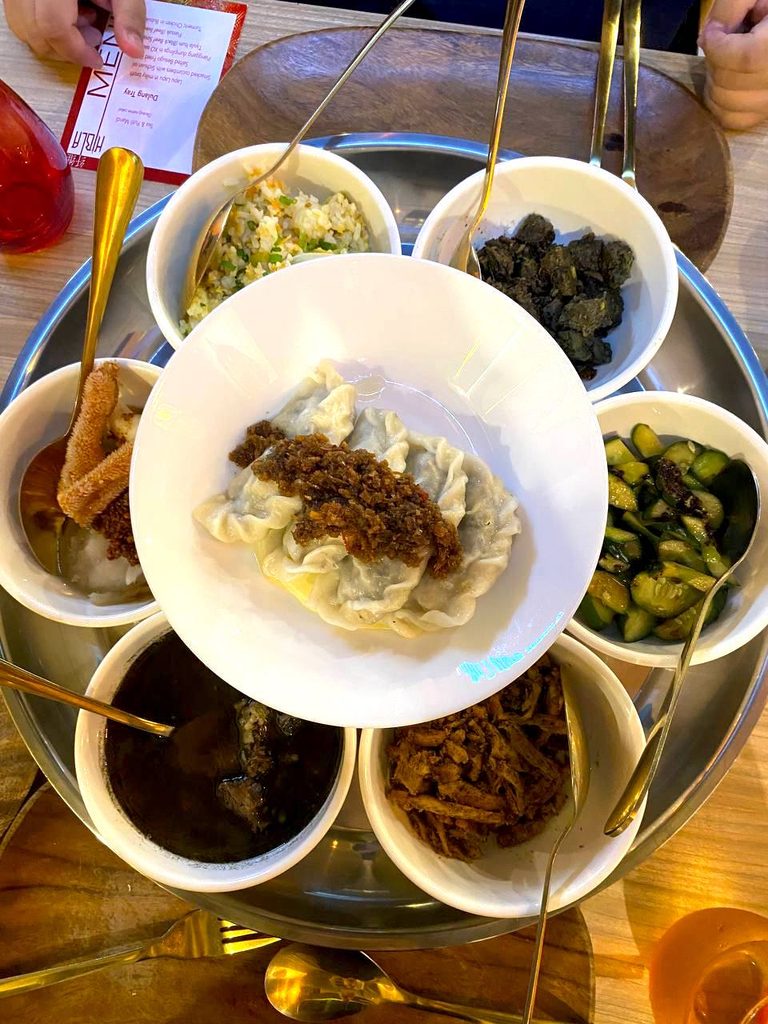
The menu consisted of three Tsinoy dishes, three Tausug delicacies, and one Tsinoy-Tausug creation.
Another similarity between both cuisines is the “use of dried fish to insert strong flavors quickly,” Sharwin said, which is present in his Salted Fish Fried Rice and Miguel’s Turmeric Chicken in Bubuk (a Tausug condiment).
“For both, it is natural to preserve fish by drying and it makes sense both cuisines rely on it for flavor,” he said.

Both cuisines also rely on the creation of flavorful pastes. The pamapa paste, made with burnt coconut (a Tausug exclusive) is meant to add deep flavors like in the Tiyula Itum (black beef soup) and the Piyanngang Manok (grilled blackened chicken).
“It reminds me so much of our XO sauce, another complicated flavoring agent made with dried scallops and shrimp used by the Chinese,” Sharwin said. This is why for their collab dish, they decided to make Piyanngang Dumplings with XO sauce – boiled dumplings like those served in Ongpin are stuffed with the flavorful shredded chicken, and then topped with an umami-forward XO sauce that has just the right amount of heat.

Chef Sharwin usually makes his XO sauce with smoked pork from Benguet, but this time, he used mushrooms for the dish to be Halal-friendly.
Looking for a bit more sauce for the chicken inside, we were happy to receive a special side of Piyanggang’s sauce to dip our dumplings in, which is what the chicken is typically served in (at first taste, it slightly reminded me of Bicol’s laing).

It was a deliciously rich, creamy, aromatic, and spice-forward stew made with burnt coconut and seven simple spices: lemongrass, turmeric, ginger, garlic, onion, salt, and pepper.
A culinary learning experience
Trying Tausug cuisine for the first time, I enjoyed the deep, smoky, and spice-ful profiles of the dishes. Chef Miguel served a traditional Piassak – beef liver and beef sirloin stewed in coconut milk, spices, and burnt coconut, a key ingredient in Tausug cuisine.
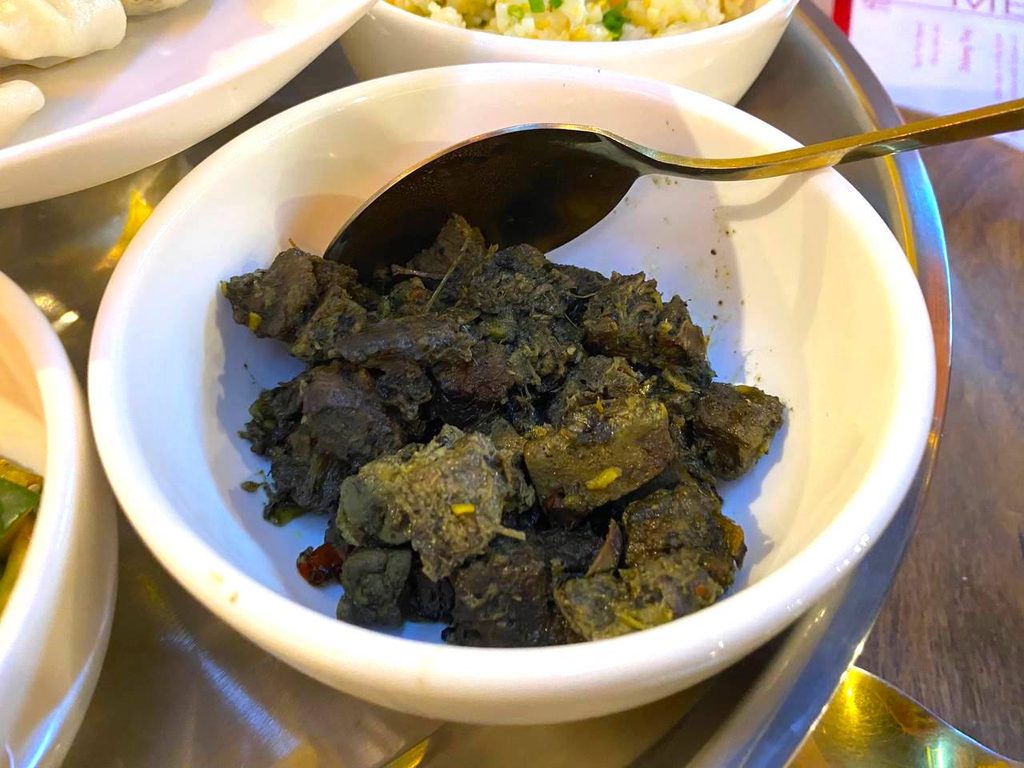
Chef Miguel said that the Tausug tribe is the only people who can expertly produce the burnt coconut. A special grill on the island is used to burn the coconut for exactly 1 hour and 30 minutes until golden brown, and until a thin film in between the meat and skin can be carved out and used. It is a very precise method – if burned too quickly, it can become rancid, and if burned too long, it will become bitter.

The Grilled Turmeric Chicken with Bubok was bold in its turmeric flavor, mixed in with the bubuk which adds a grainy texture. It is a native condiment of Sulu and commonly found in the markets, made from roasted grated coconut, chili, garlic, lemongrass, and other spices.

My favorite was Tiyula Itum, the tribe’s famous black beef soup (similar to a hearty bulalo), made dark in color from the burnt coconut. It was warm, savory, rich in beefy flavor, and comforting – a soup I can find myself craving for from now on!

It was also interesting to be served black assam tea and Putli Mandi as our first course – putli mandi is a Filipino steamed rice cake originating from the Tausug and Yakan people of Sulu, made from glutinous rice dough balls stuffed with sweetened coconut. Apparently, it is a typical practice to start your meal with a drink and something sweet, as to slightly “prime your stomach” to not overeat.

Chef Sharwin’s Tsinoy dishes included a soft Lapu-Lapu in Milky Broth, his grandmother’s collagen-rich ginger soup; Smacked Cucumbers with Sichuan Oil, doused in mild chili garlic and an addictive soy-black vinegar dressing; and a tasty Salted Besugo Fried Rice I could enjoy on its own, making use of the common Filipino dried fish instead of the typical anchovy.
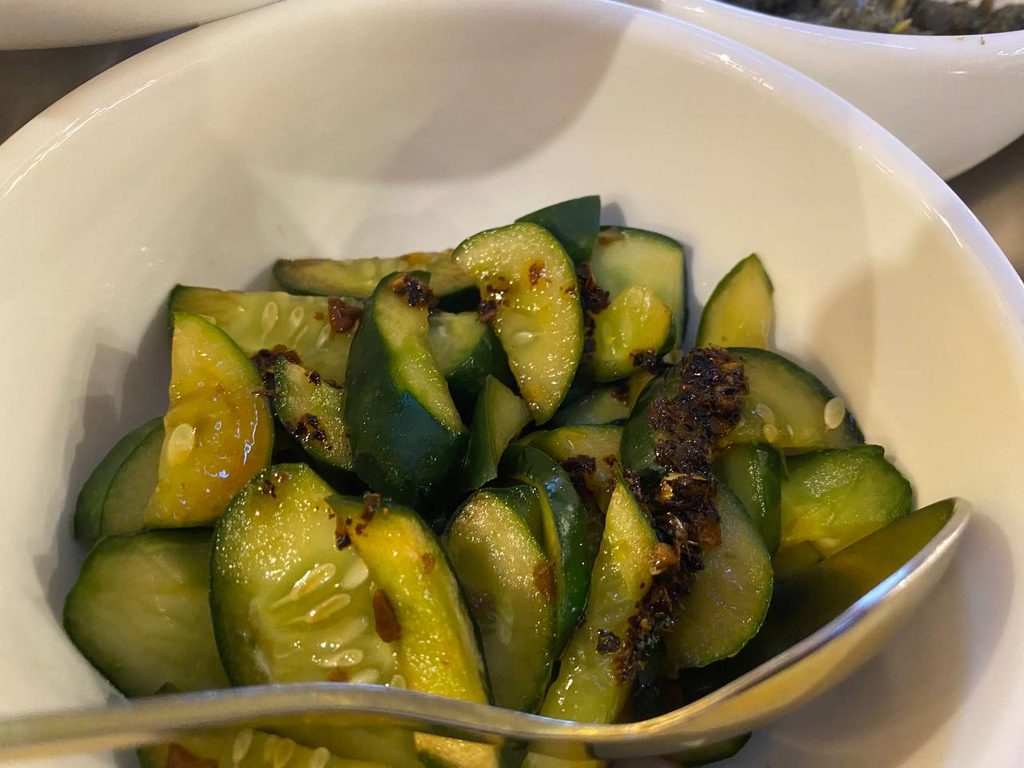
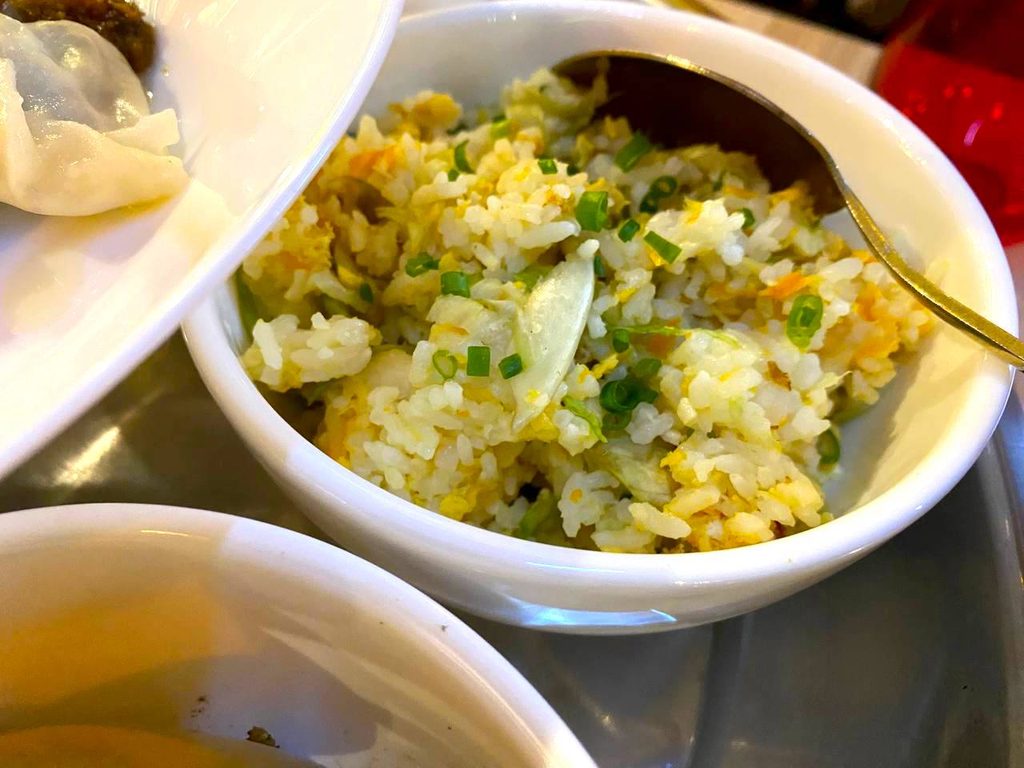
Chef Sharwin and Chef Miguel are hosting a second run of “Hibla” on Saturday, April 27, 6 pm, at Palenque Food Court in Gateway 2 Mall, Cubao, Quezon City. To reserve a spot and for more information, you can email littlegracepopup@gmail.com. – Rappler.com
Add a comment
How does this make you feel?
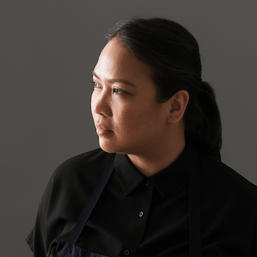

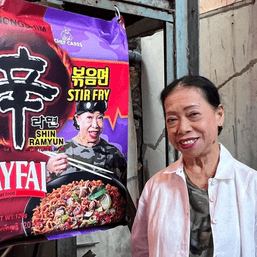
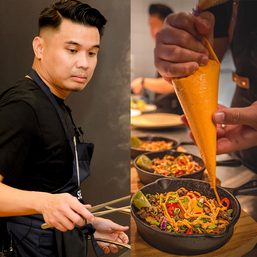
There are no comments yet. Add your comment to start the conversation.